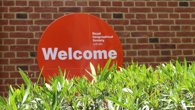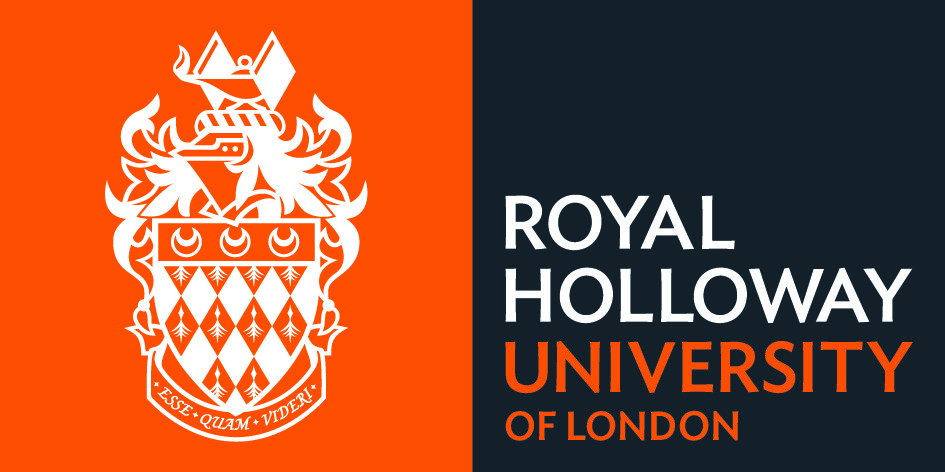
Lesson 3 - Ocean Exploration
This lesson looks at how people explore the ocean and how this has changed over time as well as how this may change in the future.
Learning goals
1. To identify different ways in which people use the sea.
2. Think about how people have used the oceans over time.
3. Look at notable people who have used the oceans in different ways.
4. Reflect on how we might use the oceans in the future.
Learning outcomes
Greater Depth:
Pupils will be able to create their own classifications of ocean uses along with connecting these uses over time. They will be able to see the key skills which oceanographers have and think about how that might change in the future.
Expected Level:
Pupils will mostly be able to create their own classifications and make links to these over time. They will be able to see specific skills to be an oceanographer.
Working Towards:
Pupils might need some prompting to generate their classifications. They can see some similar skills in being an oceanographer.
Support:
Pupils will need guidance on classifications and perhaps placement of roles. They are maybe able to see what skills oceanographers need but these might be more superficial.
Suggested learning activities
Starter
Pupils use a triple Venn Diagram to classify ways humans use the oceans based on the previous lesson. The idea is that they create their own classifications but prompt with ideas such as ‘resources’, ‘food’ or ‘transport’ if needed. Challenge with getting pupils to add examples from their own homes / lives to the diagram. Class also reflect on how this makes them connected to the ocean.
Main 1
Pupils read the information about the brief history of ocean exploration and add key dates on the timeline as well as summarising the information about that date. They then use different coloured pens/pencils/highlighters to identify the different uses of the oceans. Challenge pupils to quantify and justify the highest use. Use this as a reflection point on how we are connected to the ocean.
Main 2
Split the class into 5 groups and provide them with a different OceanCoonnect page. They should have one oceanographer per group.
Working as a group, pupils create a character for the oceanographer based on the facts given as well as writing questions to ask the other oceanographers later in the lesson. Guide the class to focus on ocean exploration and stewardship.
Select one pupil per group to be the oceanographer and to be put in the ‘hot seat’. Hot seat the oceanographers to find out more about their work.
Plenary
Write or discuss what they think it would be like to explore the oceans and how they think they could help conserve it.
File nameFiles
File type
Size
Download

